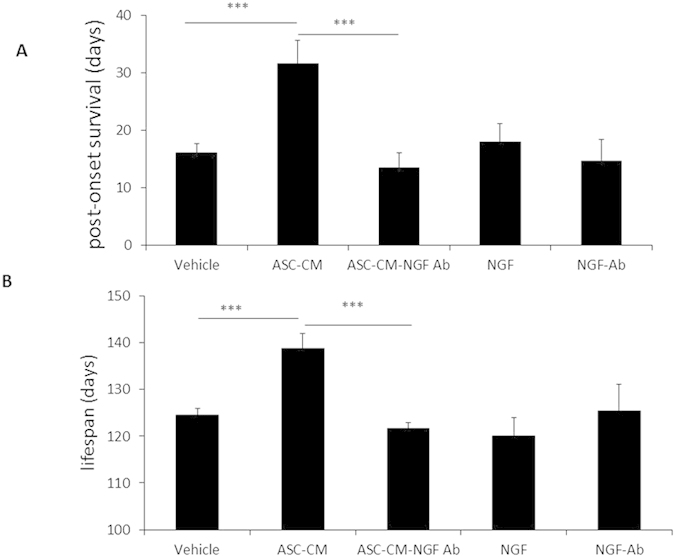Figure 1. Treatment with ASC-CM extends post-onset survival and lifespan of SOD1G93A mice.

Symptomatic SOD1G93A mice were given daily ASC-CM, NGF depleted ASC-CM treatment or vehicle until endpoint. Duration of disease is reported as days of post-onset survival and measured by days between disease onset and humane death endpoint. Lifespan is the number of days from birth to the humane death endpoint. Symptomatic mice treated with ASC-CM daily (n = 5) had a significant increased survival time as compared to vehicle treated SOD1G93A mice (n = 7). The averages of post-onset survival time were significantly increased in mice given ASC-CM compared to vehicle. ASC-CM-treated mice with disease onset (n = 5) had a significant lifespan extension when compared to vehicle treated SOD1G93A mice (n = 7), but NGF antibody neutralized ASC-CM, NGF antibody, or NGF did not affect post-onset survival times (n = 5) (A). Increased post-onset survival time of ASC-CM treated mice was responsible for the significantly extended lifespan relative to vehicle mice. However, NGF antibody attenuated this effect in ALS mice. As controls, NGF antibody or NGF did not affect lifespans of mice (B). Statistical analysis was performed by using one-way ANOVA. ***p < 0.005 vs. vehicle.
